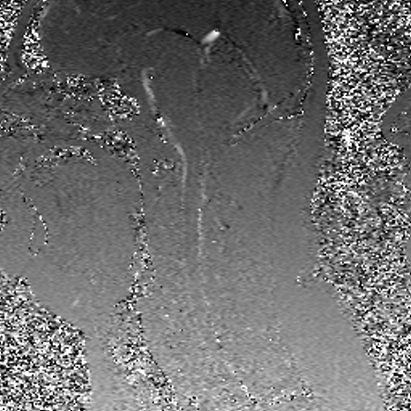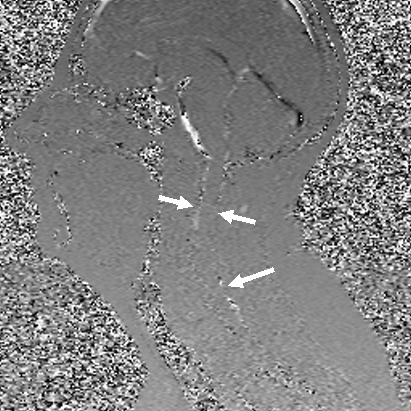
When you have a check engine light that is lighting up it usually means that something isn’t functioning the way it should. It’s a warning that something is wrong. It could be the oxygen sensor, a loose gas cap or the catalytic convertor. In your body, headaches are also a warning sign that there could be something wrong and one of the most common reasons could be an abnormal shift( a displaced vertebra) in the neck.
Most often when we are thinking about headaches we don’t consider how the neck may be the culprit. But consider the following, vertebras in our neck are designed to protect the important and equally vulnerable central nervous system. What would happen if that vertebra misaligns and compromises those nerve connections? Would it be reasonable that it could cause headaches? See the video below.
Furthermore, vertebras in the neck also protect the blood vessels that feed your brain via the vertebral artery ( see here for more). Keeping the vertebra in your neck properly aligned allows the brain to receive the oxygen it needs to function properly. The brain more so then any area in your body needs a high percentage of oxygen to work. Imagine if this blood flow was interrupted or compromised, could it lead to headaches? Yes, and in fact, this is the reason why in our office we have such a high percentage of successful headache cases.
If you are like me, when a check engine light turns on in my car, I usually try to ignore it. But eventually, you have to take you car in to correct the problem. Don’t put duct tape over your check engine light! Don’t get your mechanic to turn off the light for you! The problem will still be there! Come in for an complimentary consult, lets find out if we can find the underlying problem that your headaches are trying to warn you about.
Why wait and suffer any longer?
Schedule a consult here.






































































